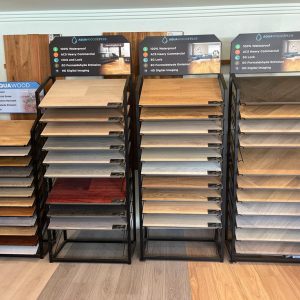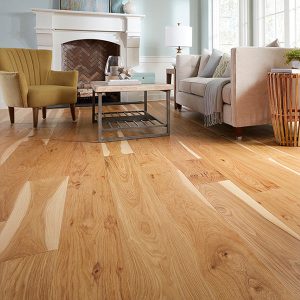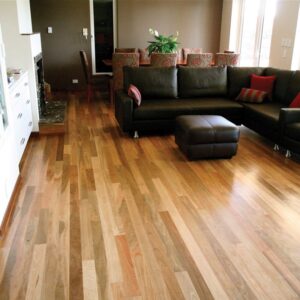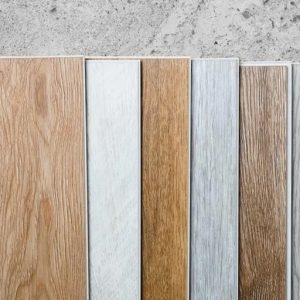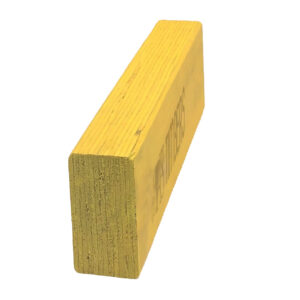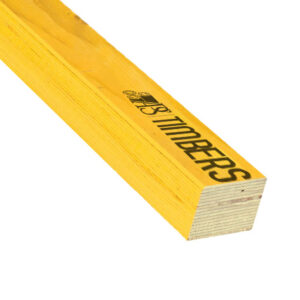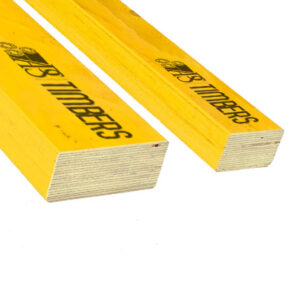When it comes to enhancing the aesthetics and functionality of your living space, flooring plays an essential part. Among the numerous flooring results available at the request, finagled timber and laminated timber flooring have gained considerable fashionability. Both of these options mimic traditional hardwood’s beauty but come with distinct features, benefits, and downsides. APS Timbers, a leading supplier of high-quality timber flooring, offers finagled and laminate timber options to feed a wide range of client requirements. Understanding the differences between these two types of flooring can help you decide which is stylish for your home.
What’s Engineered Timber Flooring?
Engineered timber flooring comprises several layers of wood with a solid hardwood top subcase. This structure gives it the appearance of natural hardwood flooring, making it visually indistinguishable from solid wood bottoms. Still, the crucial difference is in its construction. The base layers of finagled timber are generally made from plywood, fiberboard, or other forms of compressed wood. This concentrated design enhances the strength and stability of the flooring, making it more resistant to changes in temperature and moisture compared to traditional hardwood.
At APS Timbers, finagled timber flooring is a popular choice because it offers the look and sense of real timber without numerous challenges associated with solid hardwood, similar to screwing and revulsion. Engineered timber is ideal for homes with varying climate conditions, as it can repel expansion and compression better than solid wood.
Understanding Laminate Timber Flooring
On the other hand, laminate timber flooring is a synthetic product designed to mimic the appearance of natural wood. It’s constructed from multiple layers, including a high-viscosity fiberboard (HDF) core, a photographic subcase that gives it a wood-like appearance, and a wear-and-tear subcase that protects against scrapes and wear. Unlike finagled timber, laminate flooring contains no real wood in its top subcase. However, advancements in manufacturing have made it incredibly delicate to distinguish between laminate and real wood just by looking.
APS Timbers offers a wide range of laminate flooring options, catering to different tastes and budgets. Laminate is a cost-effective alternative to finagled timber flooring and is known for its continuity and ease of conservation.
Key Differences between Engineered Timber and Laminate Timber Flooring
While finagled timber and laminate flooring offer wood’s warmth and aesthetic appeal, they differ significantly in terms of material composition, continuity, conservation, and cost.
Material Composition
Engineered timber flooring features a real wood veneer on top, which makes it look and feel more like solid hardwood. The beginning layers are made of high-quality plywood or fiberboard, strengthening it. In discrepancy, laminate flooring does not contain real wood. Its top subcase is a high-resolution wood snap, defended by a clear wear-and-tear subcase.
Appearance
Engineered timber flooring offers a more authentic appearance, as the top subcase is real wood. It also periods and develops a natural air over time, much like solid wood bottoms. Laminate flooring, while visually satisfying, cannot replicate the aging process of real wood. Still, high-quality laminate bottoms come impressively close to mimicking the natural variations in timber.
Conservation
Both flooring types are fairly easy to maintain, but laminate flooring has the edge of hassle-free keeping. Laminate bottoms can be gutted with a damp mop, and their synthetic face means they’re less likely to stain or suffer water damage. Engineered timber requires more careful conservation, as harsh chemicals or excessive water can damage the real wood face.
Lifespan
Engineered timber flooring can last for decades if duly watched for, with numerous bottoms lasting up to 30 times or more. Laminate bottoms, while durable, generally have a shorter lifetime—around 10 to 25 times—depending on the quality and quantum of bottom business.
Price
Price is another crucial differentiator between finagled timber and laminate flooring. Engineered timber flooring is generally more precious due to its real wood veneer and complex construction process. It’s an investment in both aesthetics and life. Laminate flooring is more affordable, making it a seductive option for budget-conscious homeowners who want the look of wood without the high price label.
Which is Right for Your Home?
Ultimately, choosing between finagled timber and laminate flooring depends on your specific requirements, preferences, and budget. However, finagled timber flooring is an excellent choice if you’re looking for flooring that offers the authentic look and feel of hardwood and are willing to invest in long-term quality. It adds significant value to your home and brings the warmth and character of real wood into your space.
On the other hand, if continuity, affordability, and ease of conservation are top precedence, laminate flooring could be the better option. Laminate flooring is particularly suited for homes with children, favas, or areas of heavy use where tumbles and scrapes are more likely. While it does not offer the same life as finagled timber, its adaptability and low cost make it a practical and seductive result for numerous homes.
Give Us A Line!
Ready to elevate your home with stunning, high-quality flooring? Whether you’re leaning towards the dateless beauty of finagled timber or the continuity of laminate, APS Timbers has the perfect result. Explore our wide range of flooring options now and let our experts guide you in making the stylish choice for your space. Communicate with us now or visit our exchange to witness the difference firsthand. Your dream bottom is just a step down with APS Timbers!
Also Read: What is Timber Flooring and It’s Types?


